Dealing with diaper rash can be tough for parents, but there are ways to help your baby’s skin. This guide offers expert advice on treating diaper rash, caring for baby skin, and finding the best diaper rash cream. Follow these tips to ease your baby’s discomfort.
Key Takeaways
- Understand the causes and symptoms of diaper rash to provide the right treatment
- Implement gentle cleansing and effective drying techniques to promote healthy skin
- Explore over-the-counter diaper rash creams and natural remedies for relief
- Recognize when to seek medical attention for severe or persistent diaper rash
- Adopt preventive measures to avoid recurring diaper rash
Understanding Diaper Rash
Diaper rash is a common issue for infants and young children. It happens when the diaper area stays moist, gets irritated, and is exposed to certain substances. Knowing what causes and shows diaper rash helps in treating and preventing it. This keeps your baby’s skin healthy and comfortable.
Causes and Symptoms
Many things can lead to diaper rash, including:
- Prolonged contact with wet or soiled diapers
- Sensitivity to certain ingredients in baby wipes or diaper creams
- Bacterial or yeast infections
- Allergic reactions to certain foods or products
Diaper rash shows up as red, inflamed skin in the diaper area. It might have blisters or pus-filled bumps. Babies with diaper rash may feel uncomfortable, irritable, and find diaper changes hard.
Risk Factors and Prevention
Some things make diaper rash more likely, such as:
- Frequent bowel movements or diarrhea
- Antibiotic use, which can disrupt the skin’s natural balance
- Prolonged use of baby wipes containing harsh chemicals
- Friction from tight-fitting diapers or clothing
To prevent diaper rash, follow gentle skincare tips. Change diapers often, use soothing ointments, and pick baby diaper rash creams that protect and nourish your baby’s skin.
Keeping Your Baby’s Skin Healthy
Keeping your baby’s skin healthy is key to preventing and treating diaper rash. As a parent, I’ve found that gentle cleaning and drying can make a big difference. It keeps your baby’s skin nourished and protected.
Gentle Cleansing Techniques
When cleaning your baby’s bottom, use a mild, fragrance-free cleanser. Avoid harsh scrubbing. Instead, gently pat the area dry with a soft towel or cloth. Letting the skin air-dry can also help prevent irritation.
Effective Drying Methods
After each diaper change, make sure to dry your baby’s skin well. You can use a hairdryer on a low, cool setting or a soft cloth to gently blot the area. This ensures the skin is dry, creating a barrier against moisture and reducing diaper rash risk.
Choosing the right products is key to preventing diaper rash. Avoid heavily scented wipes or lotions that can irritate sensitive skin. Instead, opt for gentle, fragrance-free options that nourish and protect your baby’s skin.
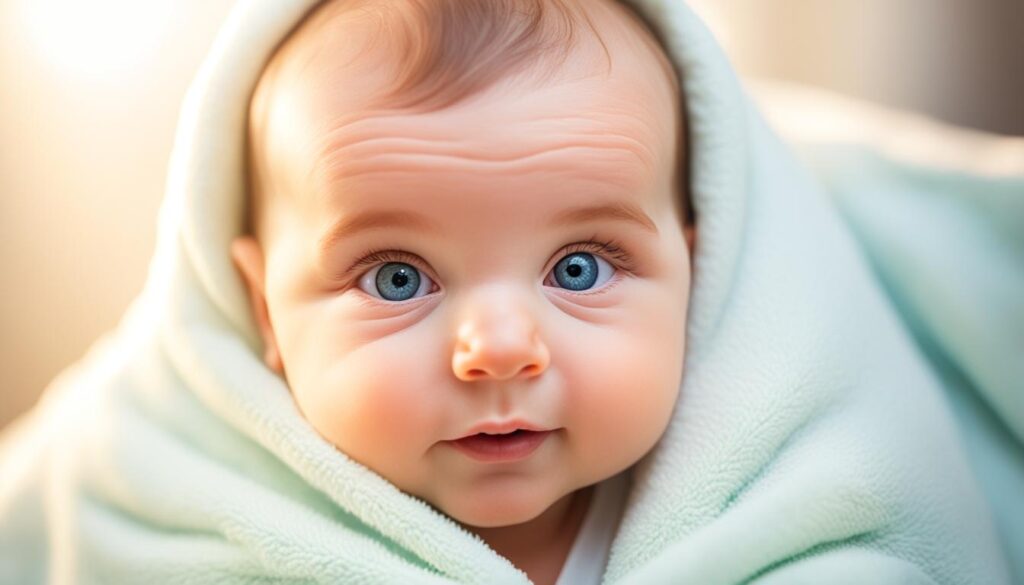
“The key to maintaining your baby’s skin health is a gentle, attentive approach to their daily care.”
By following these simple steps, you can help keep your baby’s skin healthy and reduce diaper rash risk. Remember, every baby’s skin is different. If you have concerns, always consult your pediatrician.
Diaper Rash Treatment, Baby Skin Care, Diaper Rash Cream, Parenting Tips
Starting with gentle cleansing and effective drying is key to treating diaper rash. As a caring parent, it’s important to keep your baby’s skin clean and dry. This helps avoid further irritation. I’ll show you the best ways to soothe and protect your baby’s delicate skin.
Gentle Cleansing Techniques
For diaper rash, less is more. Avoid harsh scrubbing or using wipes with fragrances or alcohol, as they can make things worse. Instead, clean the area gently with a soft, damp cloth and mild, gentle baby skincare products. Make sure to dry the area well, leaving no moisture behind.
Effective Drying Methods
It’s important to keep the diaper area dry to help it heal and prevent irritation. After each diaper change, use a soft, absorbent towel or clean, dry cloth to dry the skin. You can also use a hairdryer on the lowest, coolest setting to dry the area well. Just be careful not to overheat the skin.
Using these soothing ointments and gentle techniques can help manage diaper rash. This way, your baby’s skin stays healthy and comfortable.
“The key to diaper rash relief is keeping the area clean, dry, and well-protected. With a little extra care, your baby’s delicate skin can heal and thrive.”
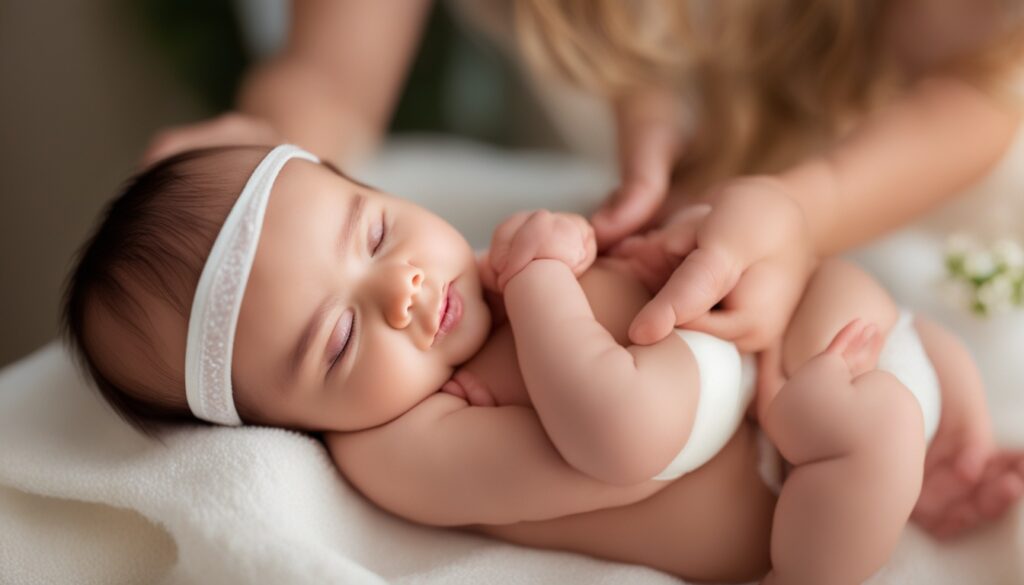
Over-the-Counter Diaper Rash Creams
For mild to moderate diaper rash, over-the-counter diaper rash creams are a great help. They usually have zinc oxide, which protects and heals the skin.
Zinc Oxide-Based Ointments
Zinc oxide ointments are great for diaper rash. This mineral forms a barrier that stops irritation and lets the skin heal. Diaper rash creams with zinc oxide ease discomfort, reduce redness, and fight inflammation.
- Provides a protective barrier against moisture and friction
- Helps to soothe and heal the affected area
- Often contains additional soothing ingredients like vitamin E or aloe vera
- Available in various formulations, from thick pastes to creamy lotions
When picking an over-the-counter diaper rash cream, choose one with a lot of zinc oxide, about 10-40%. This gives your baby’s skin the best zinc oxide protection.
| Product | Zinc Oxide Concentration | Additional Ingredients | Ease of Application |
|---|---|---|---|
| Desitin Maximum Strength Original Paste | 40% | Mineral oil, lanolin | Thick, creamy texture |
| Boudreaux’s Butt Paste Maximum Strength | 16% | Mineral oil, castor oil | Smooth, spreadable paste |
| Triple Paste Medicated Ointment | 12.5% | Dimethicone, mineral oil | Lightweight, creamy formula |
Using these zinc oxide-based ointments in your diaper rash care can help your baby heal and prevent more rashes.
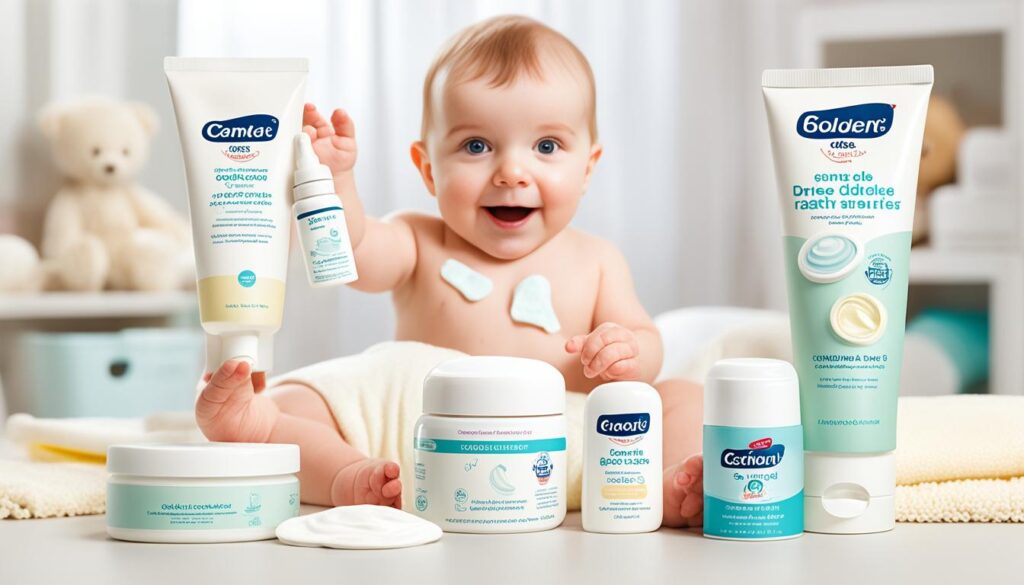
Natural Remedies for Diaper Rash
Over-the-counter diaper rash creams work well, but natural remedies can also soothe your baby’s skin gently. Making your own soothing pastes with simple ingredients is a good alternative to store-bought products.
Homemade Soothing Pastes
You can make a natural diaper rash ointment at home with a few ingredients. Here are some easy recipes to try:
- Petroleum Jelly and Colloidal Oatmeal Paste – Mix petroleum jelly and colloidal oatmeal for a thick, creamy paste. It helps protect and soothe the skin.
- Coconut Oil and Beeswax Ointment – Melt coconut oil and beeswax, then add a few drops of calming essential oils like lavender or chamomile.
- Aloe Vera and Vitamin E Gel – Combine aloe vera gel and vitamin E for a gentle, nourishing ointment for diaper rash.
These homemade remedies are a great way to use soothing ointments for your baby’s natural remedies without harsh chemicals. Always test a small area first to check for any sensitivities.
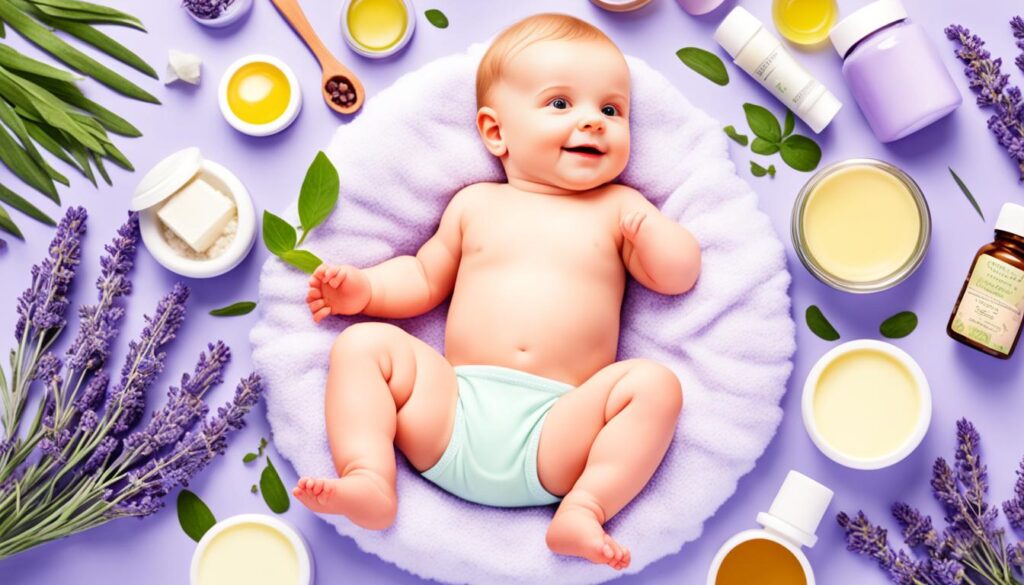
“Gentle, natural solutions can be just as effective as over-the-counter products for treating diaper rash.”
When to Seek Medical Attention
As a parent, knowing when to get help for diaper rash is key. Many cases can be handled at home with the right parenting advice and infant skin health tips. But, some signs mean you should see a healthcare provider.
If your baby’s diaper rash shows any of these signs, it’s time to visit the pediatrician:
- Severe redness or swelling that covers a large area of the diaper region
- Blisters, open sores, or bleeding
- Signs of infection, such as pus, fever, or increased irritability
- Rash that fails to improve within a few days despite home treatment
- Rash that appears to be spreading or worsening
The pediatrician can figure out what’s causing the rash and give you the right parenting advice and treatment. Sometimes, a special ointment or cream is needed to help heal the rash.
“It’s always better to err on the side of caution when it comes to your child’s skin health. If you’re unsure or the rash seems severe, don’t hesitate to seek medical attention.”
By watching closely and getting help when needed, you can make sure your baby’s infant skin health is taken care of. This way, the discomfort of diaper rash is dealt with fast.
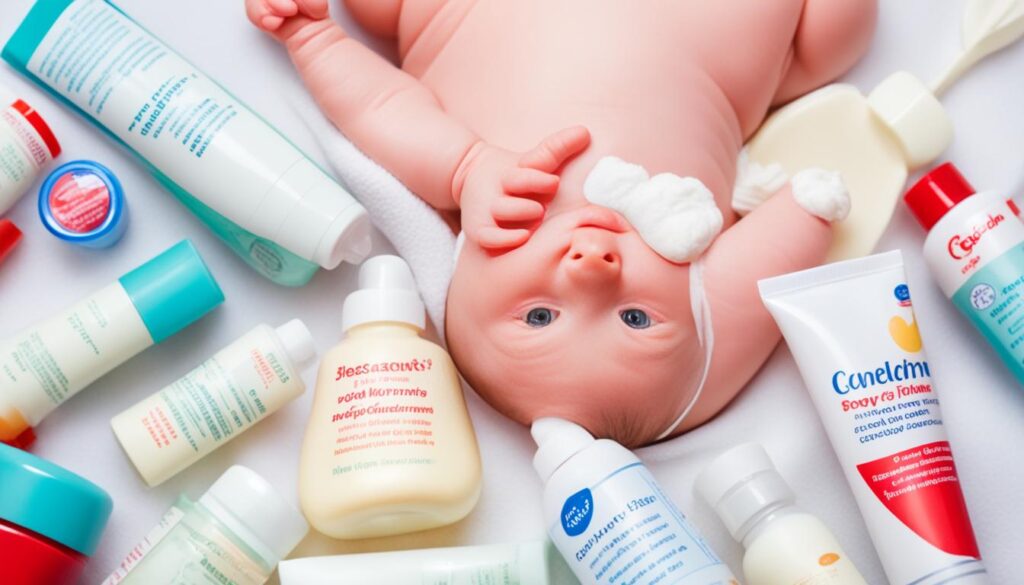
Preventing Diaper Rash Recurrence
As a parent, keeping your baby’s skin healthy is a top priority. It’s important to prevent diaper rash from coming back. By changing diapers often and using the right diapering methods, you can keep your baby comfortable.
Frequent Diaper Changes
Keeping your baby’s skin dry and clean is key to avoiding diaper rash. Try to change your baby’s diaper right away when it gets dirty. Sitting in a wet or dirty diaper can make skin irritation worse and cause more diaper rash.
- Change your baby’s diaper every 2-3 hours, or right after they urinate or have a bowel movement.
- Use a soft, damp cloth or baby wipes made for sensitive skin to clean your baby.
- Avoid wipes with alcohol, fragrance, or harsh chemicals that can irritate the skin.
By changing diapers often and using gentle cleaners, you can stop moisture, bacteria, and irritants from causing diaper rash.

“Frequent diaper changes and proper diapering techniques are the cornerstone of preventing diaper rash recurrence.” – Dr. Sarah Johnson, Pediatric Dermatologist
Remember, following prevention tips and parenting advice is crucial. It helps keep your baby’s skin healthy and reduces diaper rash discomfort.
Choosing the Right Diapers
Choosing the right diapers is key to preventing and managing diaper rash. As a parent, it’s important to pick diapers that fit your baby’s skin type and comfort needs. Knowing what to look for can help keep your baby’s skin healthy and safe.
Factors to Consider When Selecting Diapers
- Breathability: Pick diapers with breathable, moisture-wicking materials. This helps air get in and moisture out, preventing rash.
- Absorbency: Choose diapers that absorb well to keep your baby’s skin dry and reduce irritation.
- Gentle Ingredients: Stay away from diapers with harsh chemicals, fragrances, or dyes that can irritate sensitive skin.
- Fit and Comfort: Make sure diapers fit well but aren’t too tight. A good fit helps prevent leaks and discomfort.
Think about these factors to pick diapers that offer baby skincare and help prevent tips for diaper rash.
| Diaper Feature | Benefit for Preventing Diaper Rash |
|---|---|
| Breathable Materials | Allows air circulation, reduces moisture buildup |
| Effective Absorbency | Keeps skin dry, minimizes irritation |
| Gentle Ingredients | Avoids further skin irritation |
| Proper Fit | Prevents leaks and chafing |
Every baby’s skin is different, so you might need to try a few diapers to find the best one. By focusing on gentle baby skincare and prevention tips, you can reduce diaper rash and keep your baby comfortable and happy.
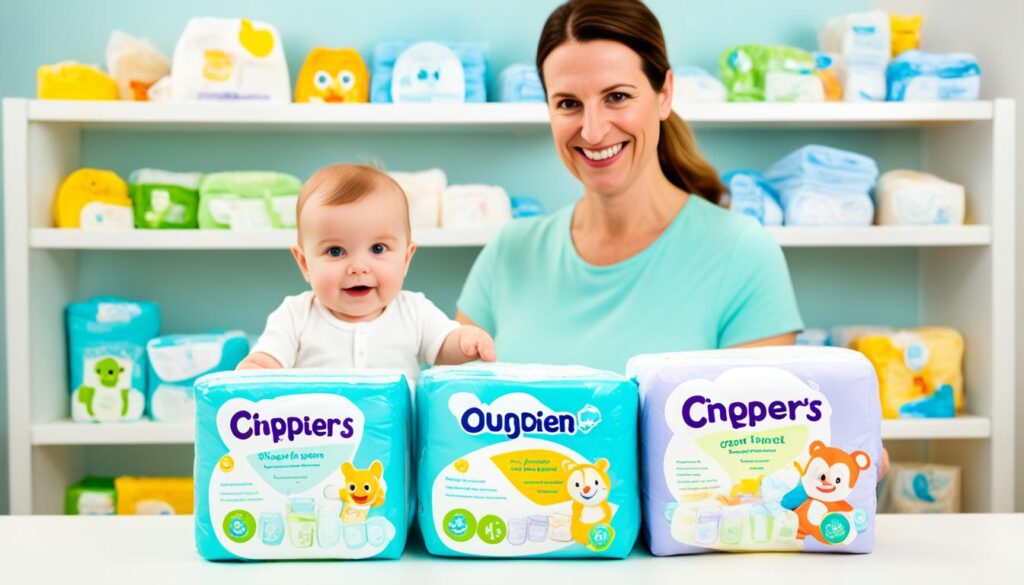
Protecting Delicate Skin
As parents, our main goal is to keep our babies’ skin safe from irritation. Using gentle wipes and calming lotions is key in preventing and treating diaper rash. These products help soothe and keep the skin healthy.
Gentle Wipes and Lotions
It’s important to pick the right baby products to avoid diaper rash. Choose calming lotions and gentle baby skincare items without harsh chemicals, fragrances, or alcohol. These gentle products soothe inflamed skin and keep it moist, helping it heal faster.
- Look for wipes without alcohol and with ingredients like aloe vera, chamomile, and vitamin E.
- Buy a top-quality diaper rash cream or ointment with zinc oxide or petroleum to protect the skin.
- Use a gentle baby lotion daily to keep your baby’s skin soft, supple, and strong.
| Product | Key Ingredients | Benefits |
|---|---|---|
| Baby Gentle Wipes | Aloe vera, chamomile | Soothes and cleanses delicate skin |
| Diaper Rash Ointment | Zinc oxide, petroleum | Creates a protective barrier and aids healing |
| Hydrating Baby Lotion | Vitamin E, shea butter | Nourishes and maintains skin’s natural moisture |
Using these gentle wipes and lotions in your baby’s skincare routine helps soothe and protect their skin. This makes diaper changes more comfortable and confident for your baby.
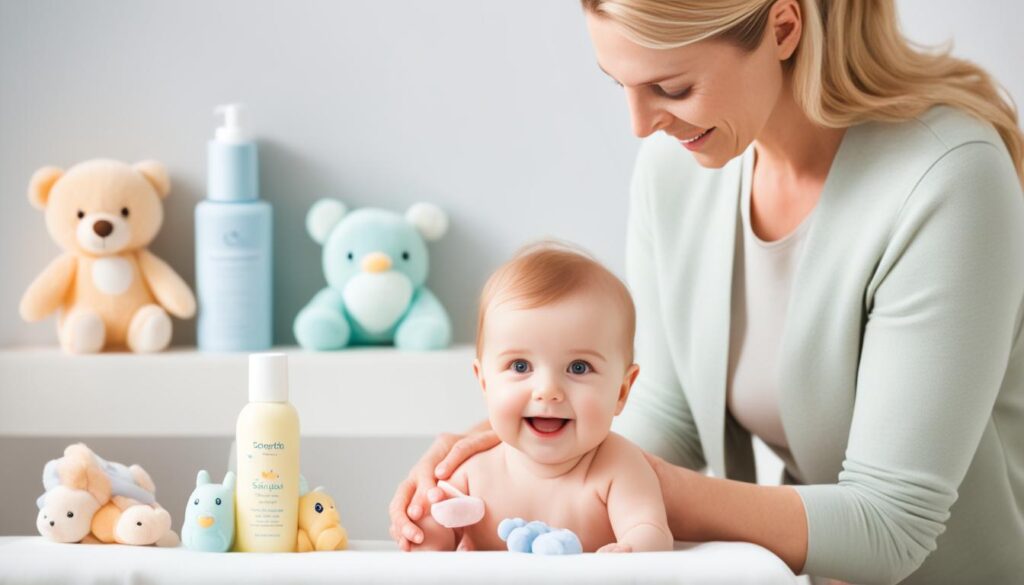
Diaper Rash and Breastfeeding
As a breastfeeding parent, you might face special challenges with your baby’s diaper rash. The link between breastfeeding and diaper rash is key in parenting advice and keeping your baby’s skin health in check.
Babies who are breastfed have different gut bacteria than those on formula. This can affect the pH balance in their diaper area, making them more likely to get diaper rash. Also, the enzymes and acids in breast milk can irritate the skin if not cleaned and dried well after feeding.
- Changing diapers often and cleaning gently is key to preventing diaper rash in breastfed babies.
- Avoid harsh wipes and use soft, damp cloths instead.
- Make sure the diaper area is completely dry after each change to keep it healthy.
If your breastfed baby gets diaper rash, try using a zinc oxide-based ointment to soothe it. You can also look into homemade soothing pastes for extra relief.
“Caring for a breastfed baby’s delicate skin requires extra attention and vigilance to prevent and manage diaper rash effectively.”
If the diaper rash doesn’t get better or gets worse, see your pediatrician. They can give you advice and might prescribe stronger treatments if needed.
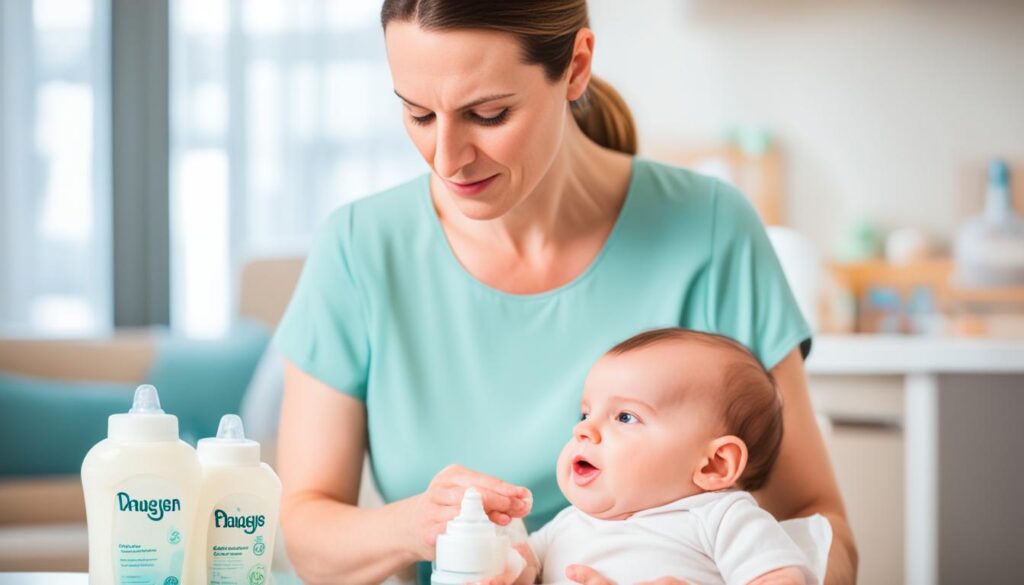
Knowing how to care for breastfed babies and following the right parenting advice and infant skin health tips can help keep your baby’s diaper area happy and healthy.
Soothing Techniques for Discomfort
When your baby has diaper rash, you can use gentle ways to help them feel better. Calming baths and massages can ease irritation and help them heal.
Calming Baths
A warm bath can soothe diaper rash. Add calming lotions or soothing ointments to the water. Make sure the water is not too hot for your baby.
Let your baby soak for 10-15 minutes. Then, dry them off with a soft towel.
Nurturing Massages
Massage can also help with diaper rash. Use a bit of calming lotion or soothing ointment on your fingers. Massage the area in circles, but don’t rub hard.
This gentle touch can make your baby feel better and relaxed.
Using these soothing methods can help your baby feel better and heal faster. Always talk to your pediatrician if you’re worried about your baby’s diaper rash.
“The secret to soothing a baby with diaper rash is to provide gentle, nurturing care that helps them feel comforted and secure.”
Avoiding Irritants and Allergens
We always look for ways to keep our babies’ skin safe. Some things can make diaper rash worse, causing our little ones discomfort. By avoiding these triggers, we can help keep their skin healthy and prevent more problems.
Products with fragrances, like scented diaper wipes or lotions, can be a problem. They often have synthetic fragrances and harsh chemicals that can irritate baby skin. Choose gentle, fragrance-free baby skincare products that are safe for your baby’s skin.
Also, think about the diaper you use. Some babies don’t like the materials or dyes in certain diapers. Try different hypoallergenic and breathable diaper options to see what works best for your baby.
Good hygiene is key to preventing diaper rash. Always gently cleanse and thoroughly dry your baby’s skin during diaper changes. This helps keep their skin healthy and free from irritants.
“Protecting your baby’s skin from potential irritants is key to preventing and managing diaper rash.”
Being careful with the products and materials touching your baby’s skin helps prevent diaper rash. Follow these prevention tips for your baby’s comfort and promote gentle baby skincare. A little extra care is important for your baby’s delicate skin.
Diaper Rash in Older Babies
Diaper rash isn’t just for babies; older babies can get it too. As your child grows, they face new challenges with their skin. Let’s look at how to handle diaper rash in older babies.
Older babies, over 12 months, might get diaper rash more often. This is because they move around more and explore their world. They might sit or play in wet diapers, causing irritation. Solid foods can also change their stool’s pH, making diaper rash more likely.
For older babies with diaper rash, be gentle and consistent. Clean them well during diaper changes with parenting advice. Choose infant skin health products without harsh chemicals. Dry the area gently and put on a diaper rash cream or ointment to protect it.
- Change diapers often to keep skin dry and safe.
- Use diapers that breathe and absorb well to keep the area dry.
- Try a barrier ointment with zinc oxide or petroleum jelly for soothing and protection.
If the rash doesn’t get better or gets worse, see your pediatrician. They can give advice and maybe a stronger cream for the rash.
With gentle care, regular diaper changes, and doctor advice, you can help your baby’s skin heal. This can also stop future rashes.
Caring for Severe Diaper Rash
Seeing your baby’s skin get inflamed and irritated from diaper rash can be tough. But, with the right steps, you can help your baby feel better. I’ll share signs of severe diaper rash and how to get medical help and treatment.
Severe diaper rash shows up with bright red skin, open sores, or even bleeding. If your baby has these signs, you should see a doctor fast. They might recommend special creams or ointments like hydrocortisone or antifungal to help.
They might also suggest using a different diaper or a barrier cream to protect your baby’s skin. It’s important to follow what the doctor says and use any creams as told to get the best results.
Dealing with severe diaper rash is tough, but with the right parenting advice and infant skin health tips, your baby’s skin can heal. By working with your pediatrician and using a good skincare plan, you can help your baby feel better and avoid future rashes.
“The key to managing severe diaper rash is to act quickly and follow your healthcare provider’s guidance. With the right treatment, your baby’s skin can heal, and you can both find relief.”
Conclusion
Diaper rash is a common issue for parents, but it can be managed and prevented. By knowing the causes, symptoms, and risk factors, you can take steps to keep your baby’s skin healthy. Using gentle cleansers, drying properly, and trying over-the-counter or natural remedies can help.
It’s important to seek medical help when needed and protect your baby from irritants and allergens. A good diapering routine is also key. Plus, knowing how breastfeeding affects diaper rash and using soothing methods can help your baby feel better.
This guide has given you the tools to tackle diaper rash with confidence. With the right diaper rash treatment, baby skin care, and parenting tips, your baby can stay comfortable and healthy during this time.


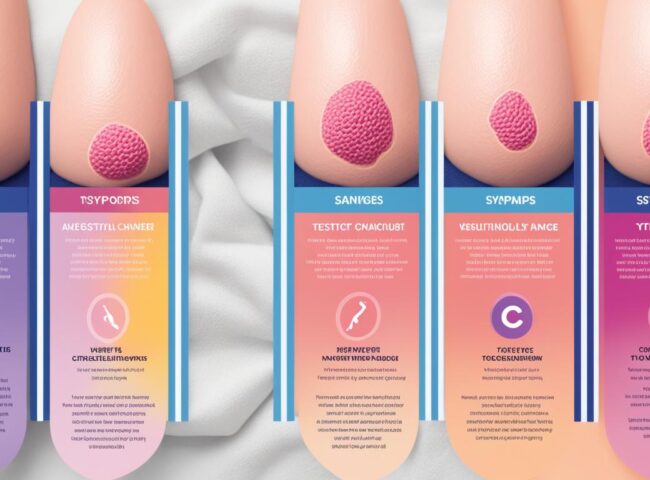


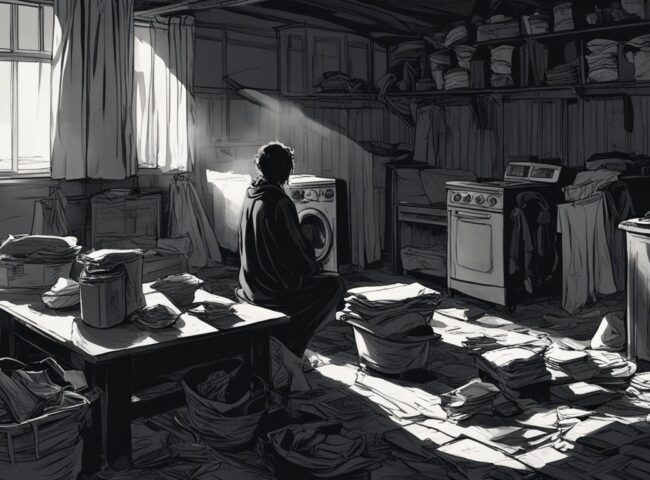
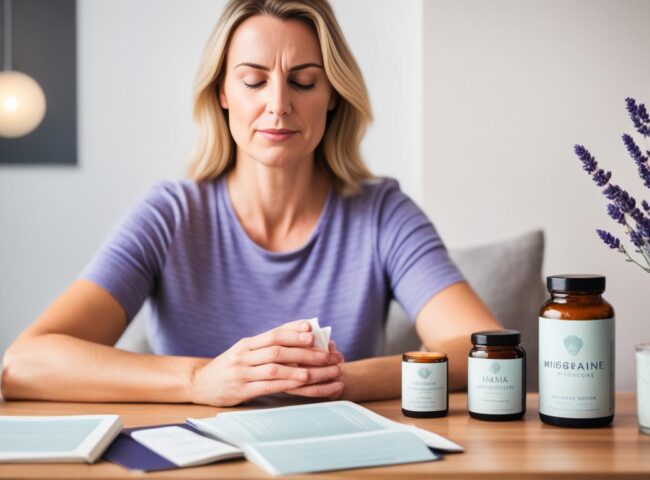
Leave feedback about this